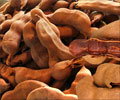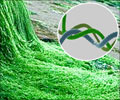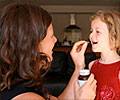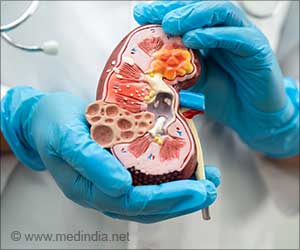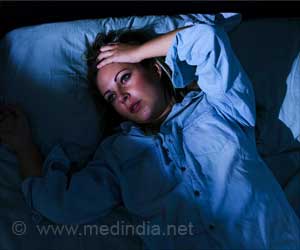A dietary supplement called KoACT, which combines a proprietary formulation of calcium and collagen, has been found to be beneficial for post-menopausal women.

Dr. Jennifer Gu, AIDP's Vice President of Research and Development, said, "Conventional thinking often entails the use of calcium and Vitamin D supplements; however, these random controlled clinical studies on KoACT demonstrate that calcium alone is not the best option. It is medically important for post-menopausal women to know that achieving optimal bone health requires using a product, like KoACT, that 'mimics Mother Nature,' in stopping bone loss by helping to build bone strength and slows bone resorption, the destruction, disappearance, or dissolution of bones. Calcium alone is not the right answer.
Osteoporosis is a major public health threat for an estimated 44 million Americans or 55 percent of the people 50 years of age and older. In the U.S. today, eight million women and two million men are estimated to already have the disease and almost 34 million more are estimated to have low bone mass, placing them at increased risk for osteoporosis. KoACT, which has been independently validated by human trials, is "one big step in the right direction" post-menopausal women should take for achieving both bone strength and flexibility.
The study presented at Experimental Biology 2014 reports the long-term efficacy of KoACT in reducing bone loss in post-menopausal women. Thirty-nine women were randomly assigned to receive either 5 grams of KoACT containing 500 milligrams of elemental calcium and 200 International Units (IU) of Vitamin D or 500 milligrams of calcium in the form of calcium carbonate and 200 IU of Vitamin D (control). Total Bone Mineral Density (BMD) and BMD of the lumbar spine and hip were evaluated at baseline, six months and twelve months using duel-energy x-ray absorptiometry. Blood was collected at baseline, six and twelve months to assess serum biomarkers of bone turnover. KoACT prevented the loss of whole body BMD (KoACT: -0.004 vs control: -0.011; P < 0.05) at twelve months when compared to control. The KoACT group had reduced levels of tartrate-resistant acid phosphatase (TRAP5B) at six months (P < 0.05) and higher bone specific alkaline phosphatase (BAP) /TRAP5B ratio at six months (P < 0.05) and tended to be higher at twelve months whereas there were no changes in control.
According to the National Osteoporosis Foundation: 1. Eighty percent of those affected by osteoporosis are women. 2. Twenty percent of non-Hispanic white and Asian women aged 50 and older are estimated to have osteoporosis, and 52 percent are estimated to have low bone mass. 3. Five percent of non-Hispanic black women over age 50 are estimated to have osteoporosis; an estimated additional 35 percent have low bone mass that puts them at risk of developing osteoporosis. 4. Ten percent of Hispanic women aged 50 and older are estimated to have osteoporosis, and 49 percent are estimated to have low bone mass. 5. Osteoporosis is under-recognized and under-treated not only in Caucasians women but in African American women as well. 6. One in two women and one in four men over age 50 will have an osteoporosis-related fracture in her/his remaining lifetimes. 7. Osteoporosis is responsible for more than 1.5 million fractures annually, including:
a. over 300,000 hip fractures; and approximately
b. 700,000 vertebral fractures;
c. 250,000 wrist fractures; and
d. 300,000 fractures at other sites.
Advertisement
Dr. Arjmandi is an internationally recognized expert in bone health and has published more than 250 peer-reviewed journal articles and Abstracts.
Advertisement
Source-Eurekalert



